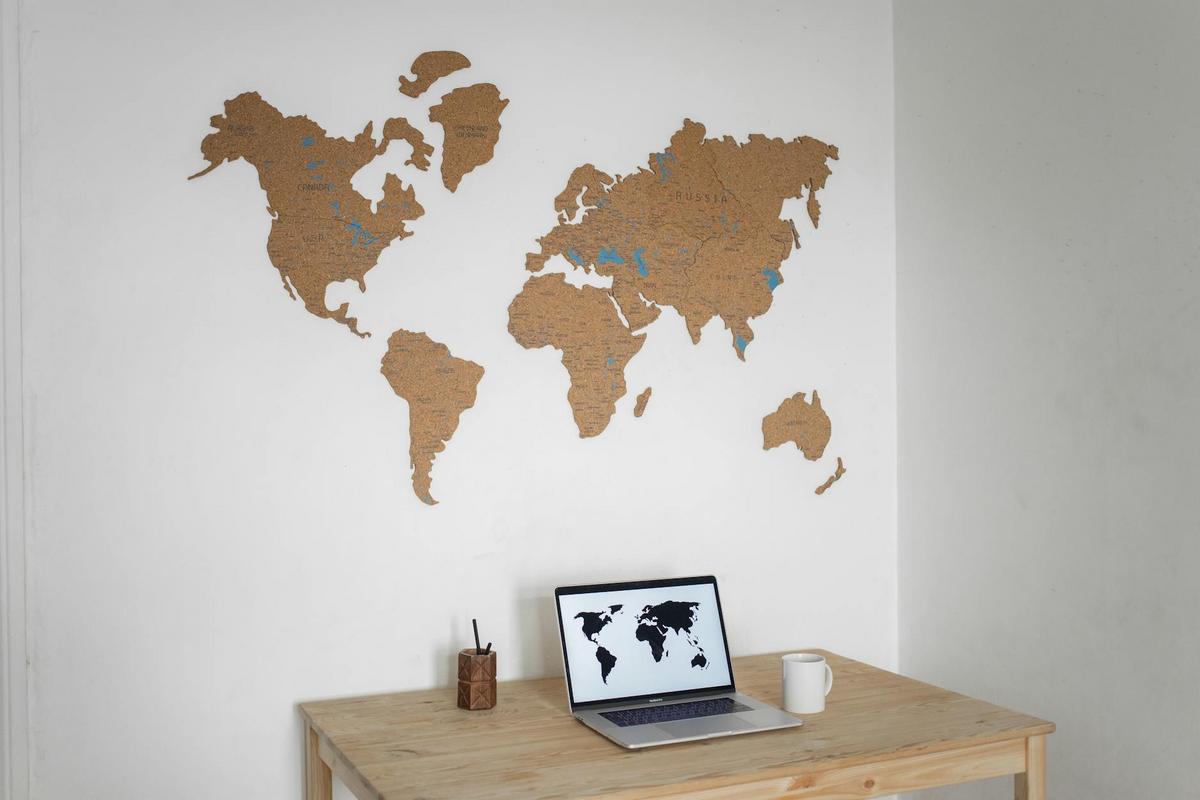
How to Maintain a Work-Life Balance as a Digital Nomad
Balancing work and personal life can be challenging for anyone, but for digital nomads who blend travel with their professional lives, finding that equilibrium can be both rewarding and complex.
The allure of the digital nomad lifestyle is undeniable—exploring new locations while working remotely offers freedom and flexibility like few other lifestyles do. However, maintaining a work-life balance in this setting requires intentional strategies and mindfulness. Let’s delve into how digital nomads can achieve this balance effectively.
Understanding the Challenges
Being a digital nomad often blurs the lines between work and leisure. According to a study by MBO Partners, 4.8 million Americans identified as digital nomads in 2018, highlighting an increasing trend. Yet, the same freedom that allows for travel can also lead to overworking or burnout.
Expert Insights
Harvard Business Review suggests that maintaining a structured routine can greatly improve work-life balance. Experts recommend establishing clear working hours and sticking to them, even when in different time zones. This discipline not only enhances productivity but also ensures you have time to unwind and explore your surroundings.
Personal Anecdotes
Take the example of Mark, a graphic designer who travels across Europe. He shares that initially, he found himself working late into the night, missing out on the cultural experiences that prompted his travels in the first place. He now sets a rule to stop working by 6 PM, which has allowed him to enjoy both his work and his travels.
Actionable Tips for Balance
- Set Clear Boundaries: Designate specific workspaces and hours. Use coworking spaces to differentiate work from leisure.
- Schedule Downtime: Plan non-negotiable leisure activities. Whether it’s a weekend hike or an evening cooking class, ensure you have activities that recharge you.
- Embrace Technology: Utilize tools like project management apps to keep track of tasks and deadlines efficiently.
- Stay Connected: Regularly keep in touch with friends and family through video calls or messages. Social support is crucial for mental well-being.
Comparison Table: Routine vs. Flexibility
| Aspect | Routine | Flexibility |
|---|---|---|
| Work Hours | Set hours | Flexible timing |
| Location | Fixed workspace | Varied environments |
| Leisure | Scheduled activities | Spontaneous plans |
| Productivity | Predictable | Varies with mood |
| Stress Levels | Lower due to routine | Can increase due to lack of structure |
| Social Life | Consistent interaction | Dependent on location |
| Travel Adaptation | Less spontaneous | Highly adaptable |
| Work-Life Balance | Easier to maintain | Requires effort |
Frequently Asked Questions
How can digital nomads handle different time zones?
Plan meetings and deadlines according to local time zones, and communicate clearly with colleagues and clients about your availability.
What are some tools to help manage work-life balance?
Consider using apps like Trello for task management and Zoom for virtual meetings to stay organized and connected.
Conclusion
Finding a work-life balance as a digital nomad is achievable with deliberate actions and planning. By setting boundaries, embracing technology, and staying connected with loved ones, digital nomads can enjoy a fulfilling lifestyle that harmonizes both work and adventure. Take these steps to ensure that your digital nomad journey is as enriching as possible.


